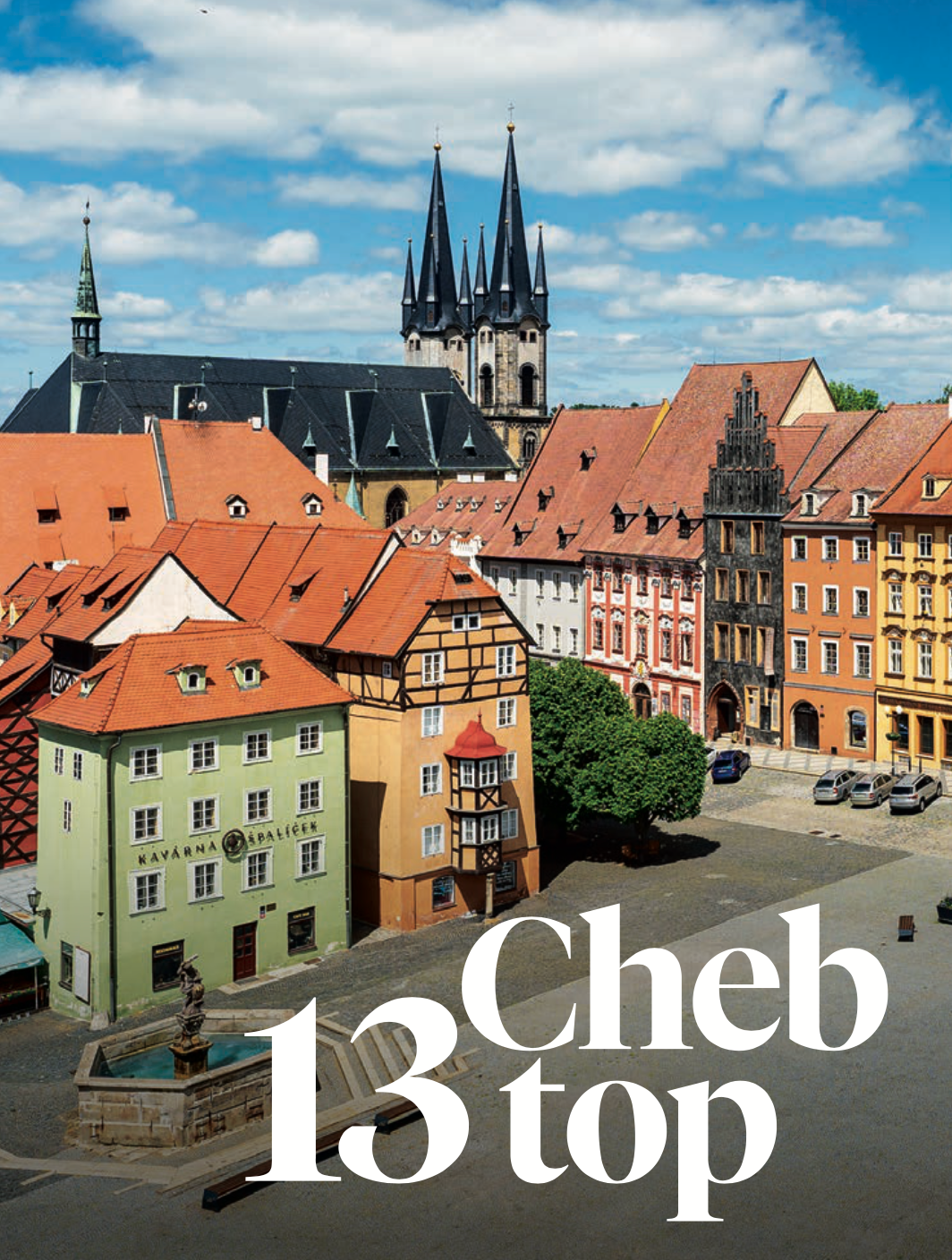ROUTES
TOP 13
BACK TO LIST

Top 13
Discover the Beauties of Cheb: Top 13 Destinations You Must See!


 OFFICIAL WEBSITE OF CITY CHEB
OFFICIAL WEBSITE OF CITY CHEB
 TOURIST INFOCENTRE
TOURIST INFOCENTRE
 HISTORICAL CHEB FOUNDATION
HISTORICAL CHEB FOUNDATION

 CULTURAL CENTER SVOBODA
CULTURAL CENTER SVOBODA
 WEST CZECH THEATER CHEB
WEST CZECH THEATER CHEB
 CITY LIBRARY IN CHEB
CITY LIBRARY IN CHEB

